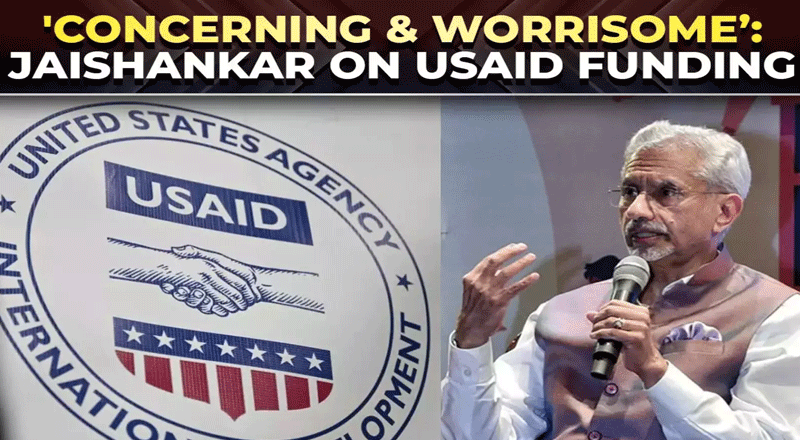- The Biden administration is close to approving the shipment of longer-range missiles packed with cluster bombs to Ukraine.
- Ukraine is currently equipped with 155 mm artillery with a maximum range of 18 miles carrying up to 48 bomblets.
- The new weapons would augment Ukraine’s current 45-mile range GMLRS rounds, a version that blasts out more than 100,000 sharp tungsten fragments, but not bomblets.
- President Joe Biden may ultimately decide against, or delay a decision on the transfer.
- Cluster munitions are prohibited by more than 100 countries. Russia, Ukraine, and the United States have not signed onto the Convention on Cluster Munitions.
- The U.S. plan is to include the grenade-packed weapons in an upcoming draw from U.S. stockpiles of munitions, according to the four U.S. officials.
- The convention on cluster munition bans the production, stockpiling, use, and transfer of weapons.
- Washington has committed more than $40 billion in military assistance to Kyiv since Russia launched its full-scale invasion of its neighbour on Feb. 24, 2022.
The Biden administration is close to approving the shipment of longer-range missiles packed with cluster bombs to Ukraine, giving Kyiv the ability to cause significant damage deeper within Russian-occupied territory, according to four U.S. officials.
After seeing the success of cluster munitions delivered in 155 mm artillery rounds in recent months, the U.S. is considering shipping either or both Army Tactical Missile Systems (ATACMS) that can fly up to 190 miles (306 km), or Guided Multiple Launch Rocket System (GMLRS) missiles with a 45-mile range packed with cluster bombs, three U.S. officials said.
Ukraine is currently equipped with 155 mm artillery with a maximum range of 18 miles carrying up to 48 bomblets. The ATACMS under consideration would propel around 300 or more bomblets. The GMLRS rocket system, a version of which Ukraine has had in its arsenal for months, would be able to disperse up to 404 cluster munitions.
The decision to send ATACMS or GMLRS, or both, is not final and could still fall through, the four sources said. The Biden administration has for months struggled with a decision on ATACMS, fearing their shipment would be perceived as an overly aggressive move against Russia.
Kyiv has repeatedly asked the Biden administration for ATACMS to help attack and disrupt supply lines, air bases, and rail networks in Russian-occupied territory. Last week Ukraine’s Foreign Minister Dmytro Kuleba said he and Secretary of State Antony Blinken had discussed the U.S. providing the long-range missiles and he hoped for a positive decision.
The U.S. plan is to include the grenade-packed weapons in an upcoming draw from U.S. stockpiles of munitions, according to the four U.S. officials, who spoke on condition of anonymity because of the sensitive nature of the plan.
At present Ukraine has only one U.S.-furnished cluster munitions, the 155 mm rounds that were announced in July. The new weapons would augment Ukraine’s current 45-mile range GMLRS rounds, a version that blasts out more than 100,000 sharp tungsten fragments, but not bomblets.
The Presidential Drawdown Authority (PDA), which allows the administration to take from U.S. stocks and ship to Ukraine has proven to be the fastest way – days or weeks – to get armaments to Ukraine.
But because no final decision had been made, it was unclear if the weapons would be included in the next PDA. The weapons could come in a PDA as soon as this week, around a Sept. 19 meeting of the Ukraine Defense Contact Group at the Ramstein Air Base in Germany.
President Joe Biden may ultimately decide against, or delay a decision on the transfer.
Cluster munitions are prohibited by more than 100 countries. Russia, Ukraine, and the United States have not signed onto the Convention on Cluster Munitions, which bans production, stockpiling, use, and transfer of weapons. They typically release large numbers of smaller bomblets that can kill indiscriminately over a wide area. Those that fail to explode pose a danger for decades after a conflict ends.
Washington has committed more than $40 billion in military assistance to Kyiv since Russia launched its full-scale invasion of its neighbour on Feb. 24, 2022.
(With inputs from agencies)





